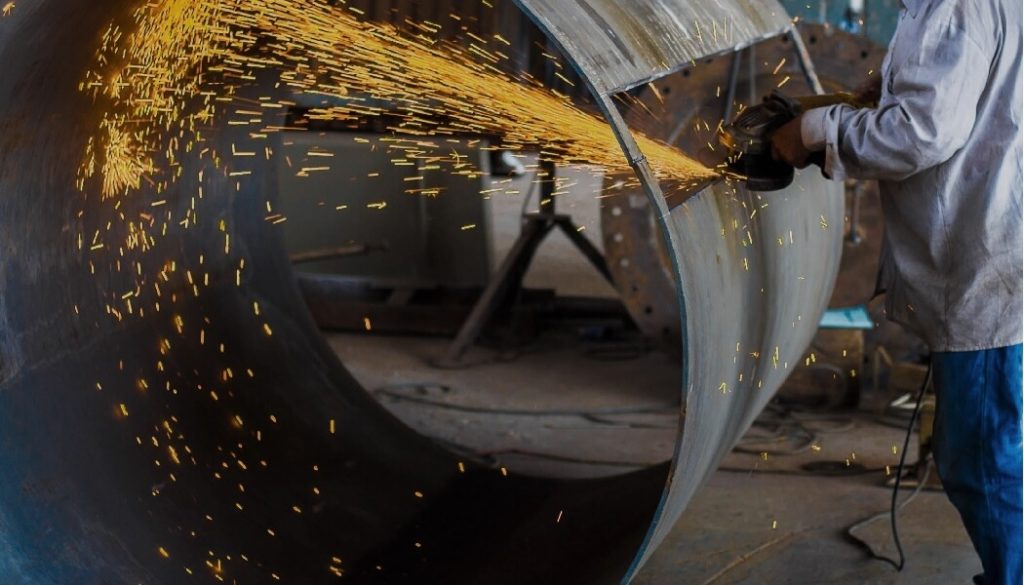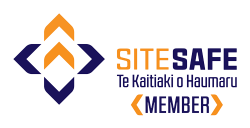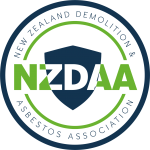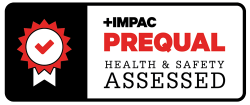Noise Pollution
Noise pollution refers to unwanted sound that may damage your hearing and cause other health effects such as stress, hypersensitivity to noise, increased blood pressure and increased heart rate. It may have psychological effects causing anxiety, depression and loss in productivity. It can also interfere with speech communication in the workplace, potentially putting people’s safety at risk.
Sound is measured in decibels. Sound levels over 85 decibels [dB(A)] and Peak Sound Pressure Levels greater than 140 dB present a health risk. Hearing is at risk if a sound is too loud, and/or if people are exposed to noise for too long. Often hearing damage happens so gradually that by the time workers notice it, it is too late. Impact noise may cause an immediate hearing loss at levels greater than 140 dB. Hearing loss is permanent and irreversible, even when exposure stops. The extent of noise induced hearing loss (NIHL) depends on the intensity of the noise, duration and its frequency.
Noise in the Workplace
Section 30 under the Health and Safety at Work Act 2015 imposes a duty on PCBU’s to eliminate risks to the health and safety of employees. PCBU’s have a duty to manage risks associated with noise exposure to ensure that workers are not exposed to noise at or above the following limits:
- Eight-hour equivalent continuous A-weighted sound pressure level, LAeq,8h, 85 dB(A), and
- Peak sound pressure level, Lpeak, of 140 dB
If the PCBU is not certain on reasonable grounds whether employees may be exposed to noise at or above the exposure limits, then the PCBU must ensure that exposure monitoring is carried out.
Noise exposure monitoring consists of two parts, namely a preliminary assessment followed by a detailed exposure survey and/or personal noise exposure dosimetry. During the preliminary assessments, the focus is on the identification of potential noise pollution and should be carried out in the absence of previous assessments, or at appropriate intervals.
The frequency at which noise exposure monitoring is carried out should be dictated by exposure monitoring results, with exposures for high-risk occupations completed more frequently. Detailed surveys and personal noise exposure assessments involve the use of specialized equipment to determine exposure levels, help identify sources of noise and evaluate control efficacy.
Our experienced consultants can undertake preliminary and detailed assessments of noise environments and evaluate current controls to provide expert advice and recommendations for eliminating or minimising the risks from unwanted noise.





